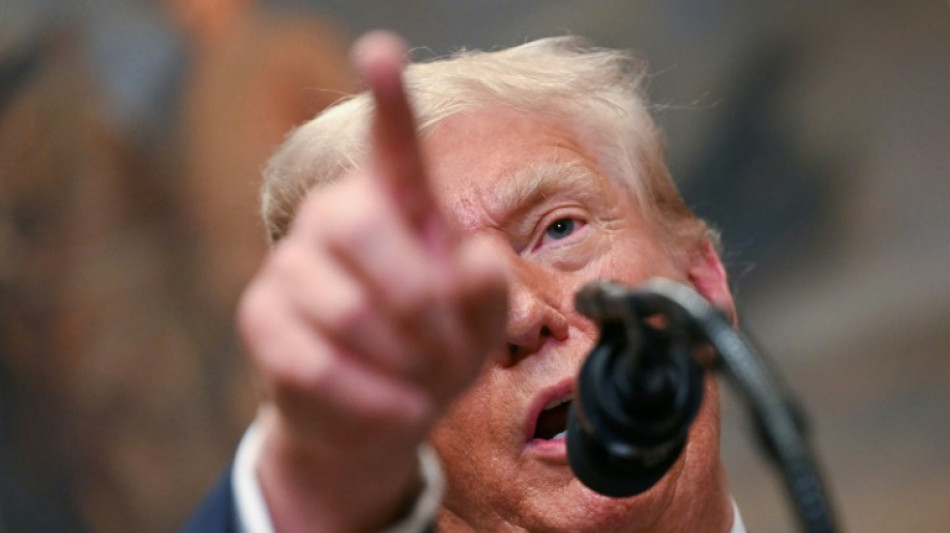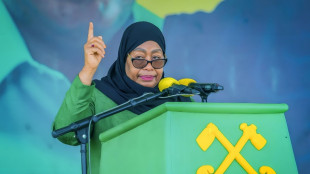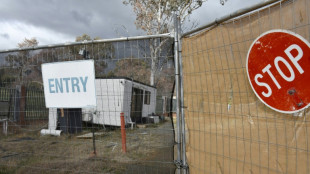

Trump unveils slew of new tariffs, punishes Canada
President Donald Trump unveiled new tariffs Thursday on nearly 70 countries -- including a blistering 35 percent on neighbor Canada -- as he seeks to reshape global trade to benefit the US economy.
However, in a minor reprieve that opens the door to further negotiations, the White House said the measures will take effect in a week for most countries, not Friday as previously expected.
The tariffs are a demonstration of raw economic power that Trump sees putting US exporters in a stronger position while encouraging domestic manufacturing by keeping out foreign imports.
But the muscular approach has raised fears of inflation and other economic fallout in the world's biggest economy.
Trump raised duties on nearly 70 economies, from a current 10 percent level imposed in April when he unleashed "reciprocal" tariffs citing unfair trade practices.
The new, steeper levels listed in an executive order vary by trading partner and go as high as 41 percent.
Any goods "transshipped" through other jurisdictions to avoid US duties would be hit with an additional 40-percent tariff, the order said.
The American leader separately hiked tariffs on Canadian goods from 25 percent to 35 percent -- starting Friday.
He had warned of trade consequences for Canada after Prime Minister Mark Carney announced plans to recognize a Palestinian state at the UN General Assembly in September.
- 'Tears up' rule book -
"Wow! Canada has just announced that it is backing statehood for Palestine," Trump wrote on Truth Social ahead of the announcement.
"That will make it very hard for us to make a Trade Deal with them."
But Trump gave more time to neighbor and major trading partner Mexico, delaying for 90 days a threat to increase tariffs from 25 percent to 30 percent, after holding talks with President Claudia Sheinbaum.
Canada and Mexico face a separate US tariff regime. Exemptions remain, however, for imports entering the United States under a North American trade pact.
With questions hanging over the effectiveness of bilateral trade deals already struck -- including with the European Union and Japan -- the outcome of Trump's overall plan remained uncertain.
"No doubt about it -- the executive order and related agreements concluded over the past few months tears up the trade rule book that has governed international trade since World War II," said Wendy Cutler, senior vice president of the Asia Society Policy Institute.
"Whether our partners can preserve it without the United States is an open question," she added.
The elevated duties come after Washington twice postponed their implementation amid a frantic series of negotiations, alongside announcements of new duties and deals with partners.
The 79-year-old Republican has made tariffs core to his protectionist brand of hard-right politics. On Thursday, he claimed the US economy had "no chance of survival or success" without tariffs.
- Frantic negotiations -
But the latest salvo came amid legal challenges against Trump's use of emergency economic powers.
After a lower court said the president exceeded his authority, the US Court of Appeals heard arguments Thursday in cases against Trump's blanket tariffs targeting different countries.
While the president has touted a surge in customs revenues this year, economists warn the duties could fuel inflation.
Proponents of his policy argue their impact will be one-off, but analysts are awaiting further data to gauge for more persistent effects.
Those who managed to strike deals with Washington to avert steeper threatened levies included Vietnam, Japan, Indonesia, the Philippines, South Korea and the European Union.
Among other tariff levels adjusted in Trump's latest order, Switzerland now faces a higher 39 percent duty.
The tariff on Taiwanese products was revised down to 20 percent from 32 percent, but its President Lai Ching-te vowed to seek an even lower level.
In Southeast Asia, Phnom Penh and Bangkok welcomed news that they each face a 19-percent tariff -- down from initial threatened levels of 49 percent on Cambodia and 36 percent on Thailand.
Britain also reached a pact with the United States, although it was not originally targeted by higher "reciprocal" tariffs.
Notably excluded from the drama was China, which faces an August 12 deadline instead, when duties could bounce back to higher levels.
Washington and Beijing at one point brought tit-for-tat tariffs to triple-digit levels, but both countries have agreed to temporarily lower these duties and are working to extend their truce.
P.Braun--LiLuX



